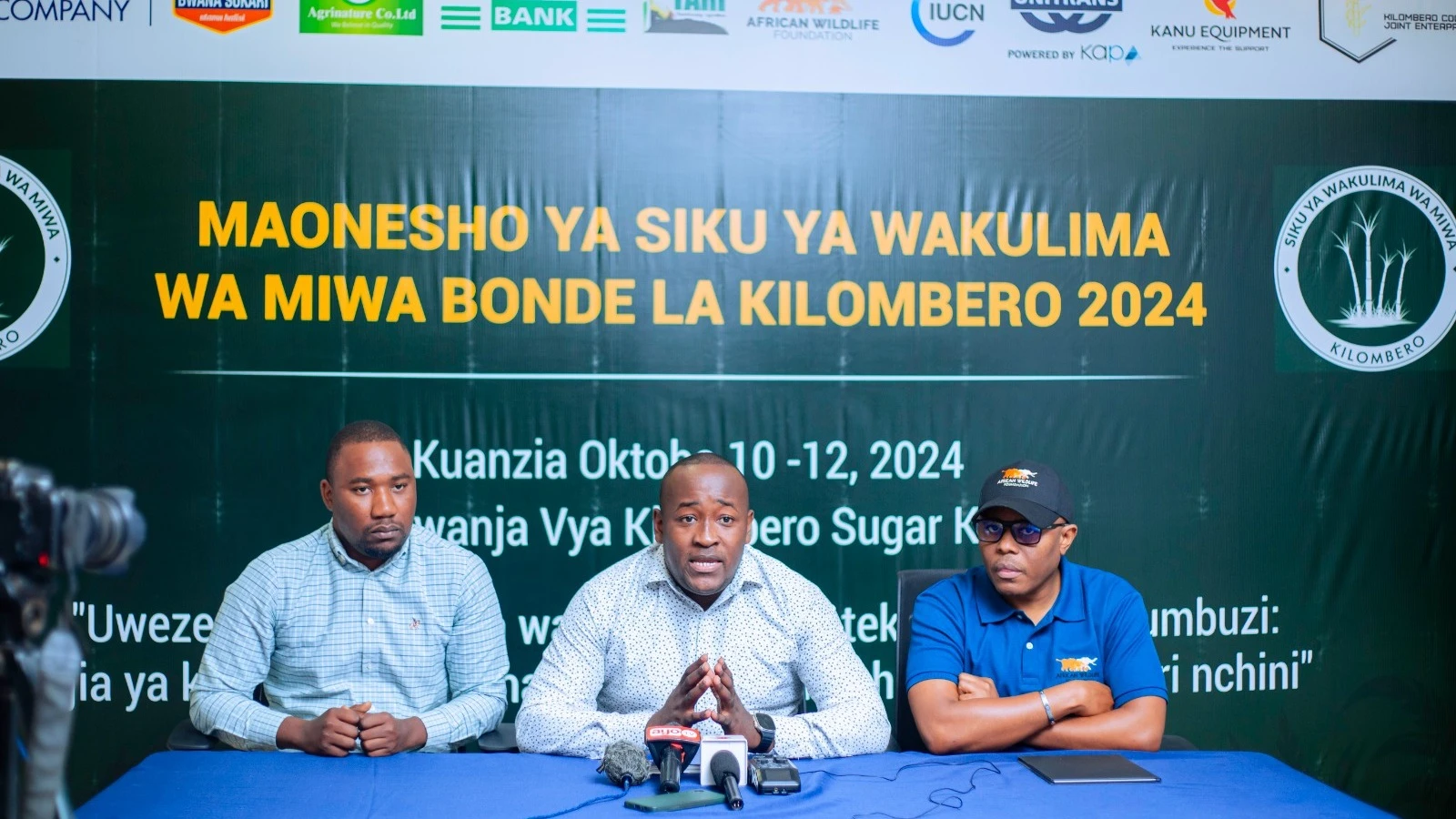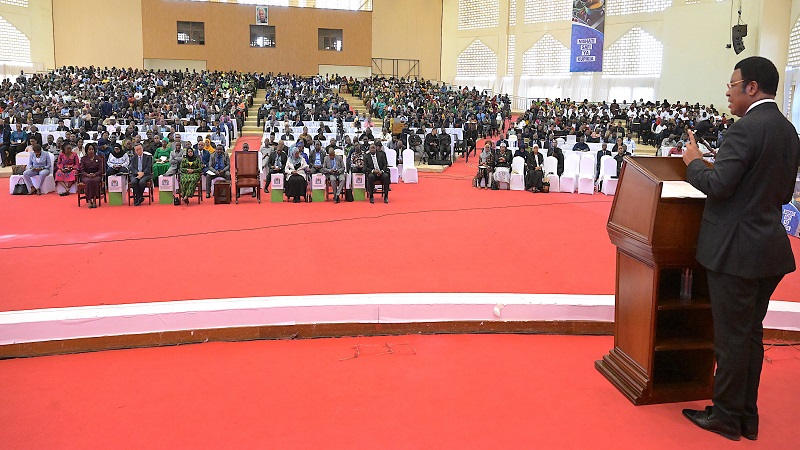Fifteen regions stare at below-normal rainfall next season, states weatherman

FIFTEEN regions are expected to face a shortage of rainfall in the coming season from October to December, leading to various impacts on weather-sensitive sectors, including rising temperatures.
According to a climate outlook issued yesterday by the Tanzania Meteorological Authority (TMA) for the Vuli season, there will be below-normal to normal rainfall which will be characterized by a late onset, poor distribution and prolonged dry spells.
Dr Ladislaus Chang’a, acting TMA director general, stated that the rains are expected to begin in the fourth week of September.
The anticipated weather patterns suggest generally average to below-average rainfall in several regions, including Dar es Salaam, Zanzibar, Tanga, Coast (including Mafia Island) and parts of Morogoro.
Other regions are Kagera, Geita, Mwanza, Shinyanga, Simiyu, Mara and northern parts of Kigoma (Kakonko and Kibondo districts).
“Additionally, the northeastern regions of Arusha, Manyara and Kilimanjaro are also expected to receive below-average to average rainfall during this period,” he said.
TMA in collaboration with sector experts has advised on the potential impacts of the rainfall deficit and periods of extreme heat. Dr. Chang’a explained that the long rains season is expected to bring a deficiency in soil moisture, affecting crop growth.
Increased pests and crop diseases are anticipated, likely to impact crop production. Furthermore, availability of forest products such as honey is expected to decline due to water and flower shortages.
Farmers are encouraged to adopt resilient agricultural methods and technologies to conserve water and soil moisture, prepare fields in advance and plant fast-maturing, drought-resistant crops.
According to TMA, the rainfall shortage is also likely to affect the livestock and fishing sectors, leading to water and fodder shortages for livestock and reduced food availability for fish.
“This will impact livestock production, livestock products and fish availability. Additionally, tick-borne and insect-borne livestock diseases are expected to decrease,” he said.
Reduced rainfall could also result in a shortage of electricity due to lower water levels in reservoirs. Relevant authorities are advised to take precautionary measures during the period.
The anticipated low rainfall may lead to food shortages, causing conflicts between communities and wildlife over scarce resources. Dr Chang’a also noted that this situation could lead to outbreaks of wildlife diseases, which may potentially spread to humans due to close interactions.
Authorities are advised to educate communities on precautions to mitigate the impacts, and high-risk areas should report wildlife incursions.
Top Headlines
© 2024 IPPMEDIA.COM. ALL RIGHTS RESERVED






















